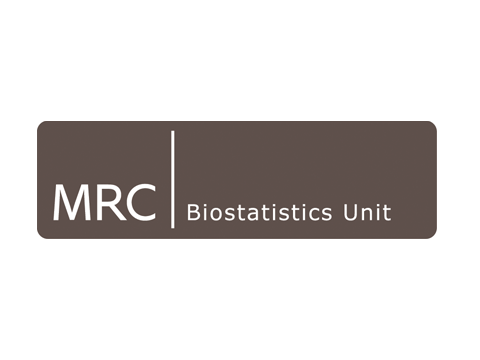Introduction to EPAD
We recruited research participants from over 30 centres across Europe and spent four years gathering robust datasets, bio samples, and a neuroimaging library.
EPAD participants:
- Were aged 50 or over
- Had no dementia diagnosis
- Were willing to consider taking part in clinical trials
- Were willing to take part in regular study assessments involving memory tests, brain scans and research samples (blood, saliva, spinal fluid and urine tests)
- Had a friend or relative who knew them well and was willing to be their partner throughout the study
Along the way, EPAD tackled challenges, including:
- The difficulty of identifying people who are likely to develop Alzheimer’s dementia.
- The public’s poor understanding of the earliest stages of the disease.
- A lack of flexibility in the way clinical trials are carried out.
To address these issues, we developed three core strategies to benefit both intervention owners and research participants.
The Register
EPAD created the first single, pan-European register of over half a million people across the risk spectrum for dementia.
The Cohort
From this register, research participants were invited to join an EPAD cohort of at-risk subjects, the Longitudinal Cohort Study (LCS). This group underwent standardised tests and follow-ups over several years.
The Trial
EPAD pioneered a novel, more flexible approach to clinical trials of drugs designed to prevent AD. The LCS was in alignment with a Bayesian adaptive designed proof-of-concept trial intended to deliver better results faster and at lower cost.














































